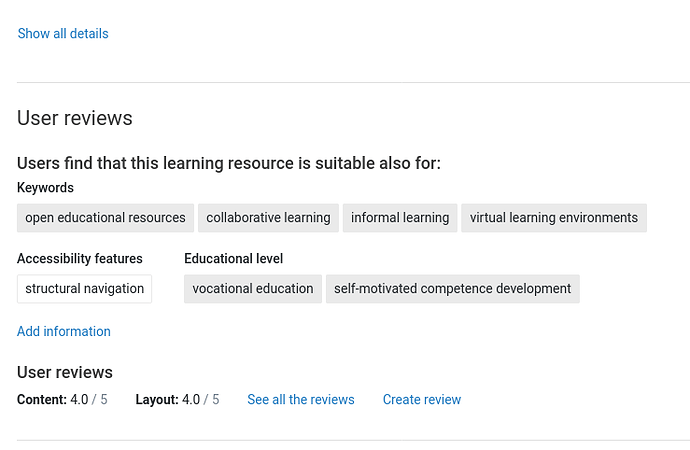Author: Anna Lindfors
Institution: CSC - IT Center for Science
Country: Finland
Topic: Technologies for Open Education
Sector: Lifelong Learning
UNESCO Area of Focus: Building capacity
Session Format: Lightning Talk
Abstract
In this talk I will present how the Finnish Library of Open Educational Resources approaches designing a service for all educational sectors and continuous learning. The Library of Open Educational Resources (aoe.fi) is a new service by the Finnish Ministry of Education and Culture for publishing and finding OER in Finland. The service, coordinated by CSC, was designed to function as a joint platform for all educational sectors to support joint teaching and learning between different organizations (in between educational sectors and within an educational sector) and enable learners and teachers to find resources that match their learning or teaching needs regardless of their current affiliation. The service started development in late 2018 and teachers, learners and experts based in Finland have been able to publish their OER starting this year. The OER are all CC-licensed and free to use from all over the world without the need to log in. During this talk I will highlight our designing principles of interoperability, openness and strong cooperation with stakeholders and tell how they shaped the service to be what it currently is. I will give concrete examples on how we as a platform try to facilitate cooperation between the educational sectors. These examples include our social tagging system and the decisions we have made in building our search system as well as the first choices a user makes. Taking the social tagging as an example: during our development process we found that after finding a resources the user still needs to understand how to use it (this was a shared struggle in all the educational sectors). To battle this we made changes to how we utilize our metadata model (a profile of the Learning Resources Metadata Initiative) and what choices we give to users to curate the resources in the service. We added new keywords with which to describe the use and purpose of the resource (it’s educational use and the educational role it targets) and gave the users the ability to add new metadata to other users learning resources. This enables the resource to find audiences the maker did not see it having, for example an introductory material in higher education statistics can be used in secondary education advanced studies. We also added the possibility for users to tell how they utilized the material, enabling them to inspire other users in finding new ways to utilize the different materials. During the presentation I will deepen these highlights. I will conclude in the presentation that learners and teachers from different educational sectors have similar needs in regards to finding and using OER. It will also be demonstrated that to meet these needs, some comprises need to be made. I will also conclude that for a platform to successfully increase the use of OER both having enough quality OER and functioning tools and api’s for using the OER outside the platform are essential.Keywords
OER, open educational resources, continuous learning, higher education, secondary education, primary education, k-12, lifelong learning, Learning Resources Metadata Initiative (LRMI), service design, interoperability, metadata


